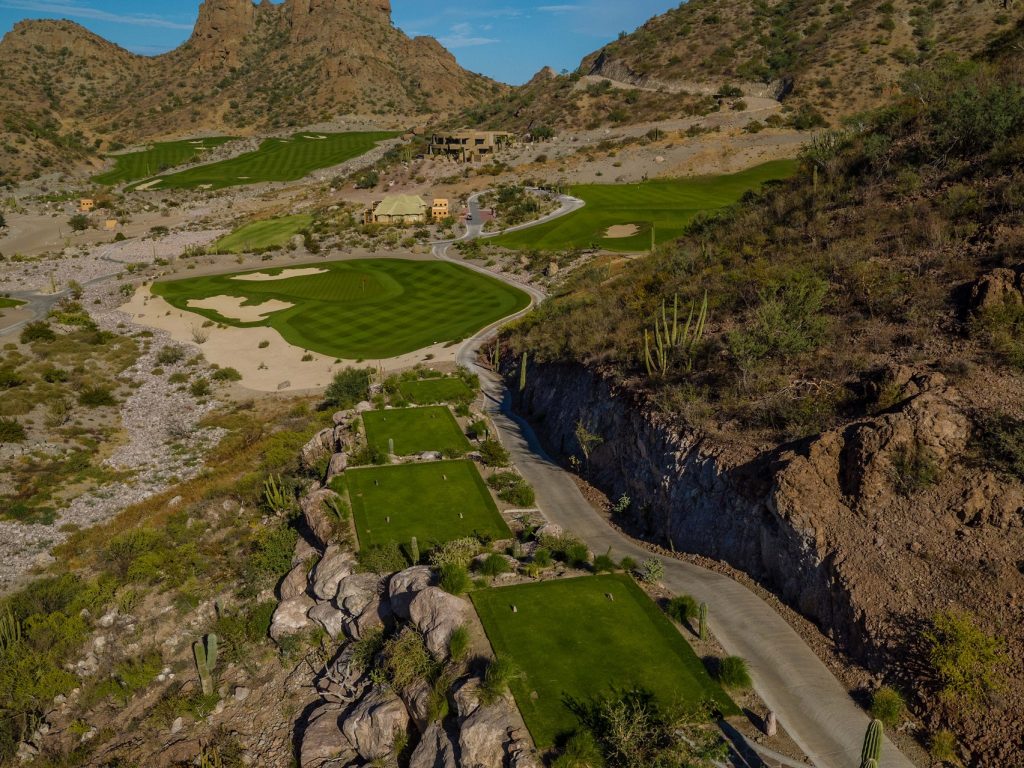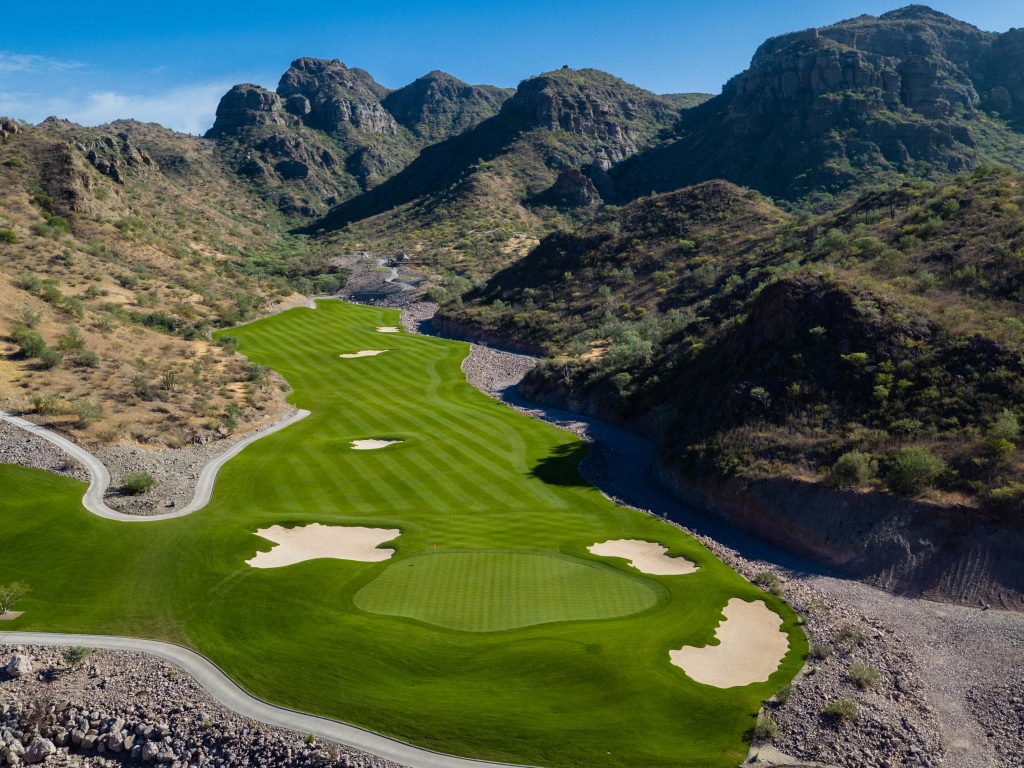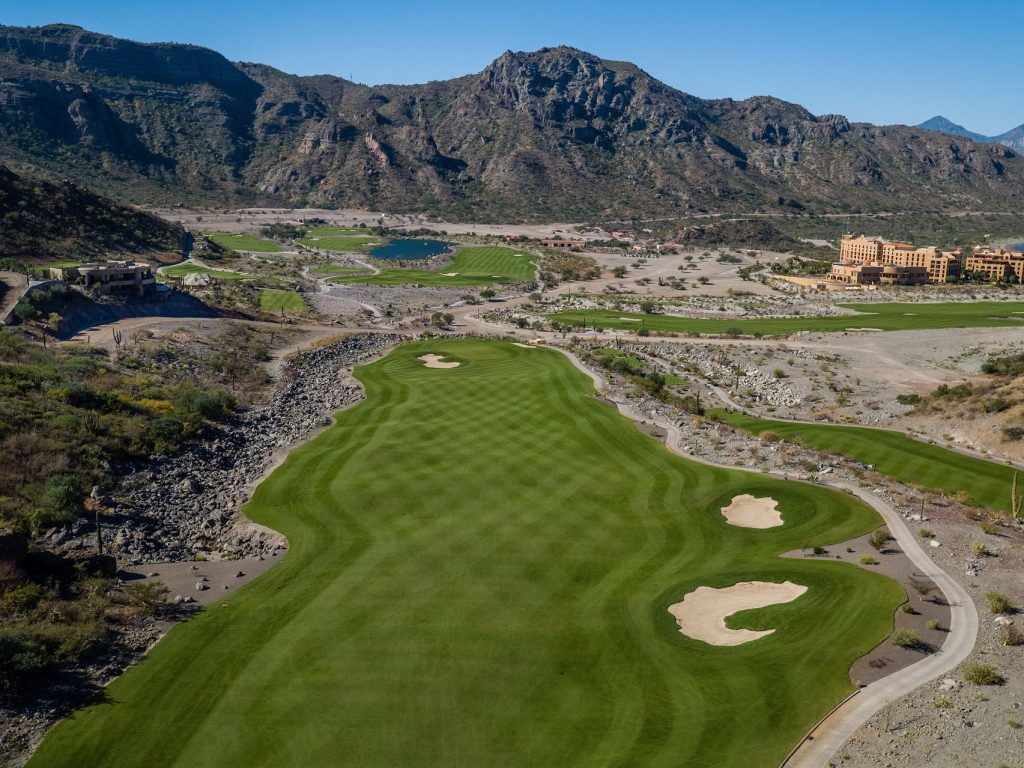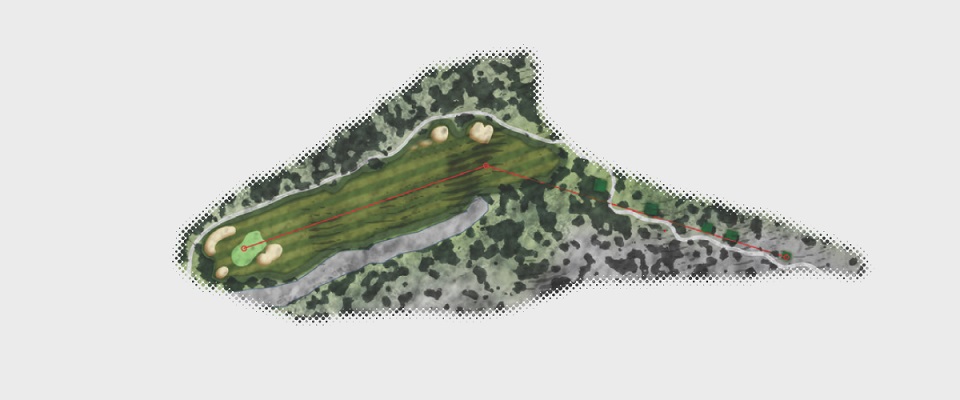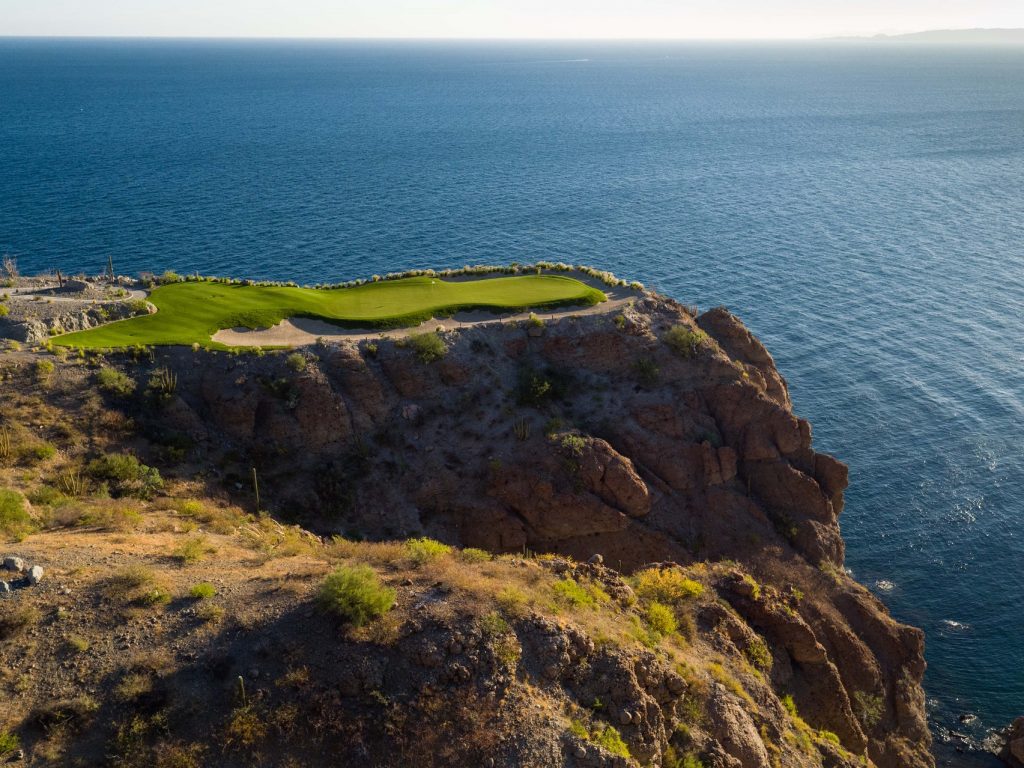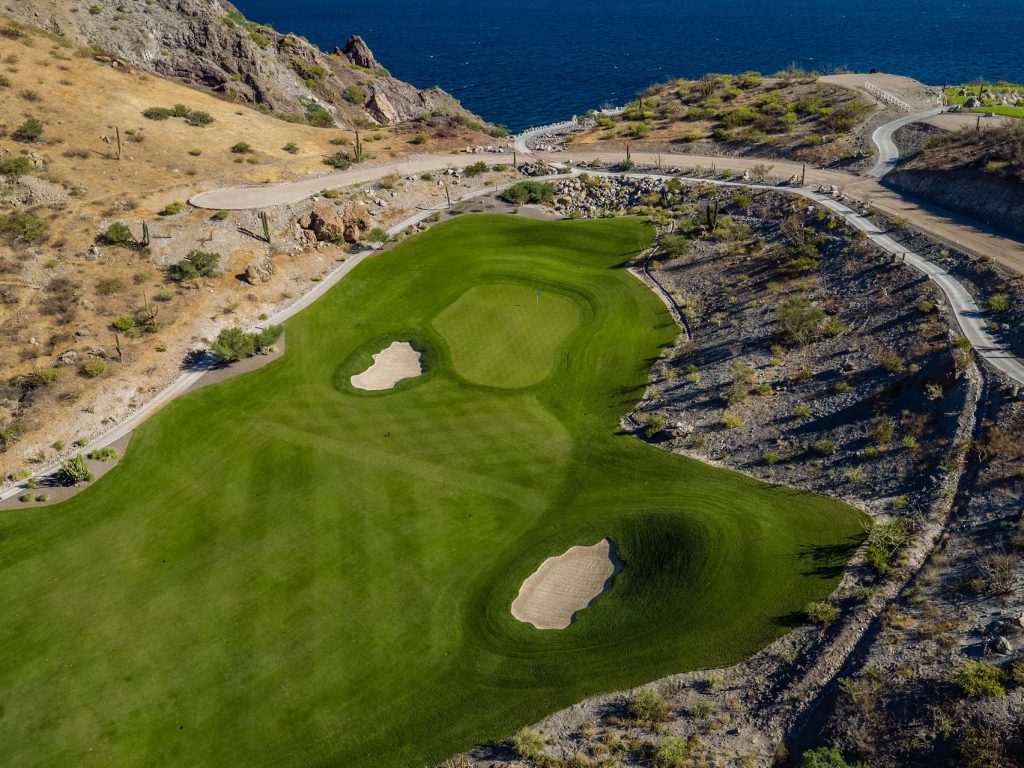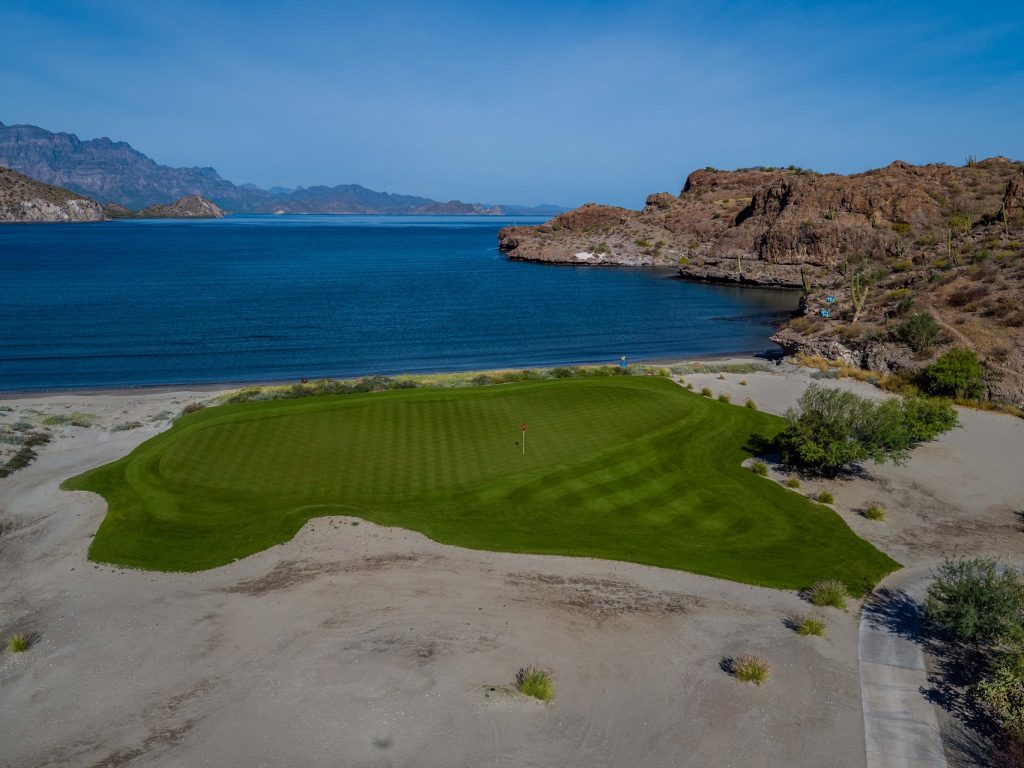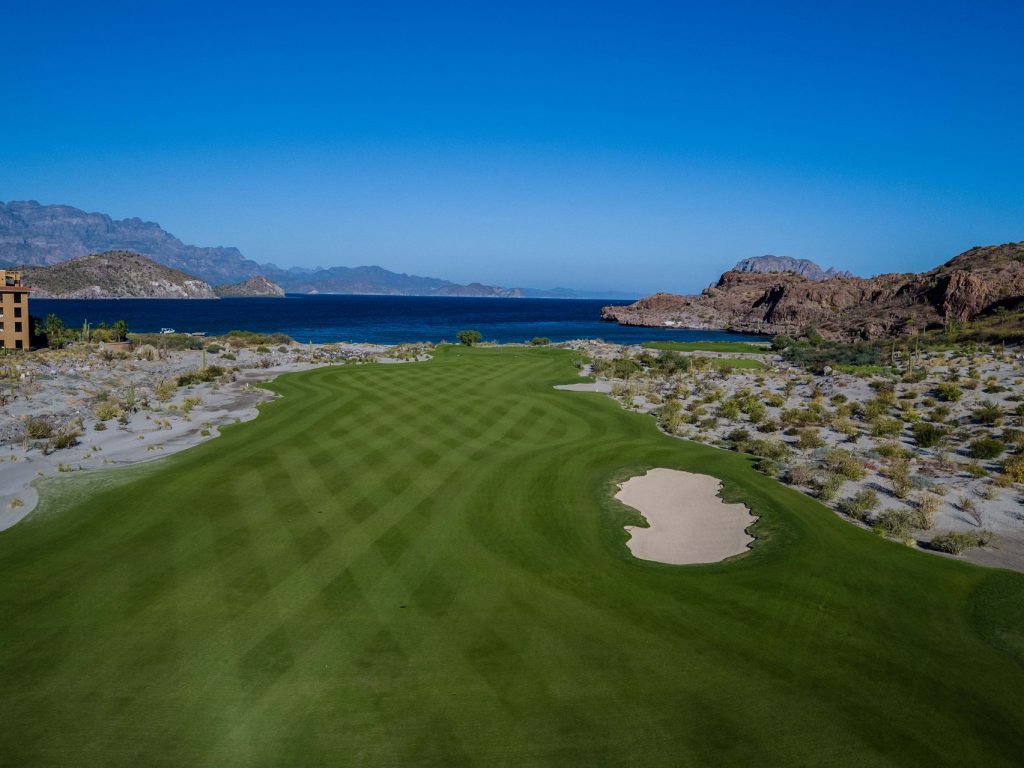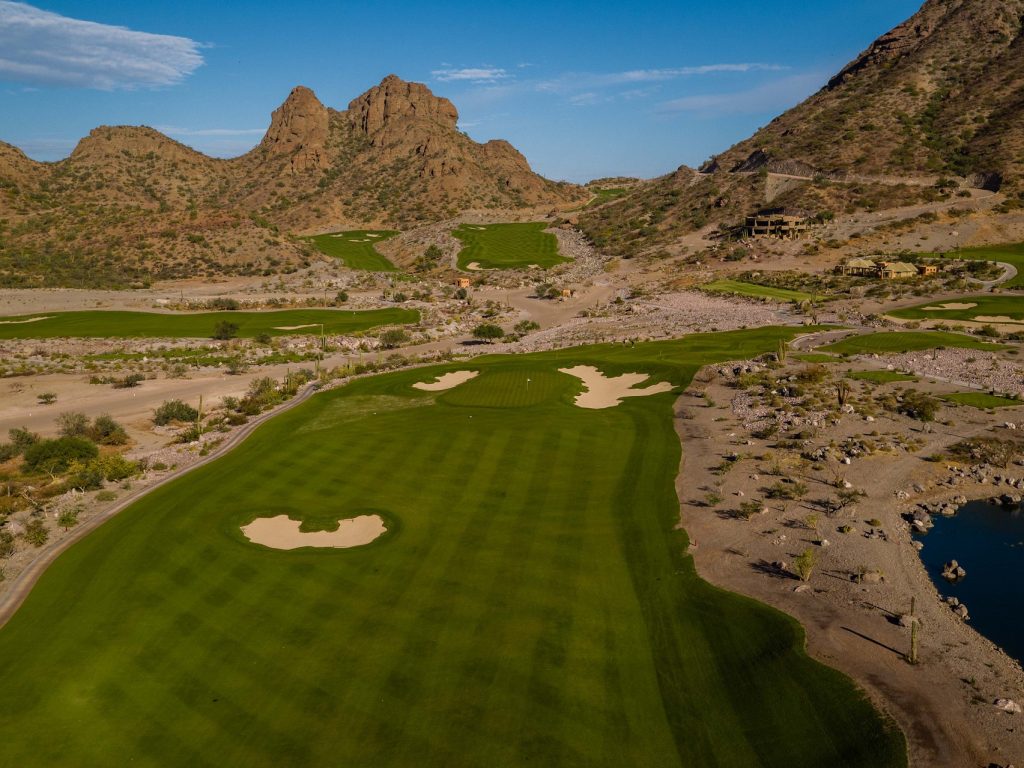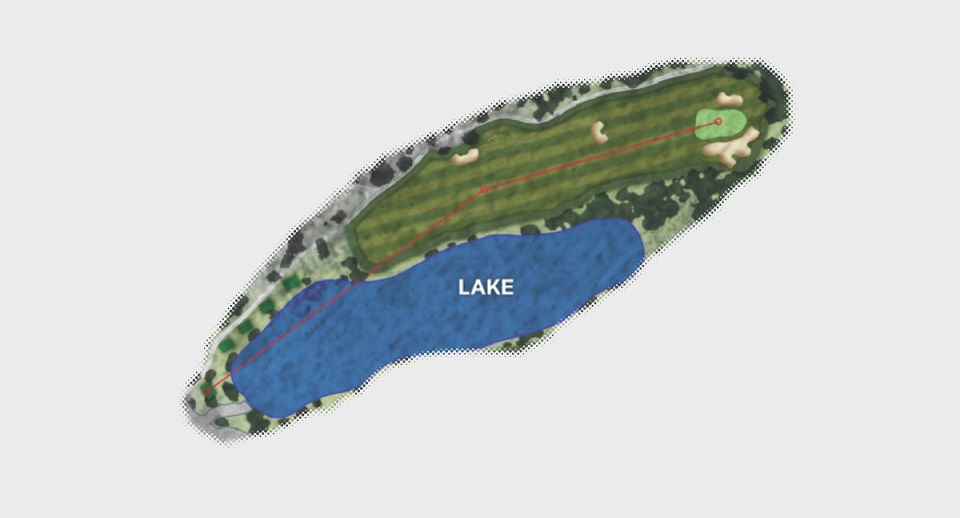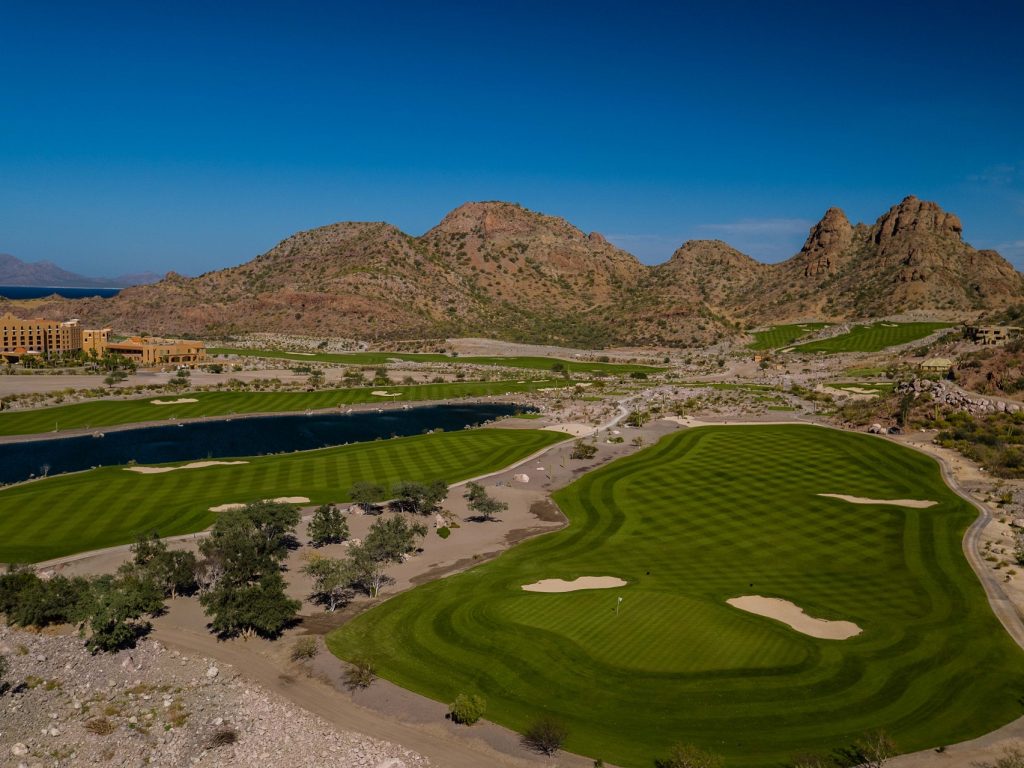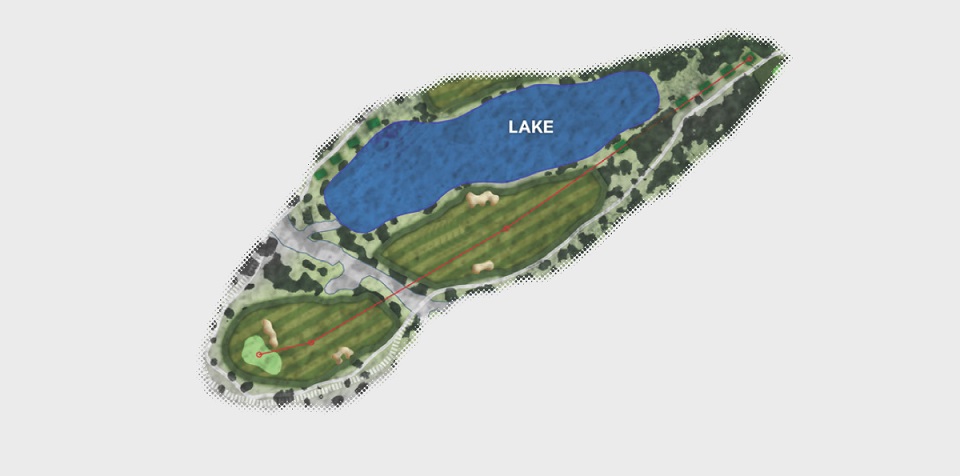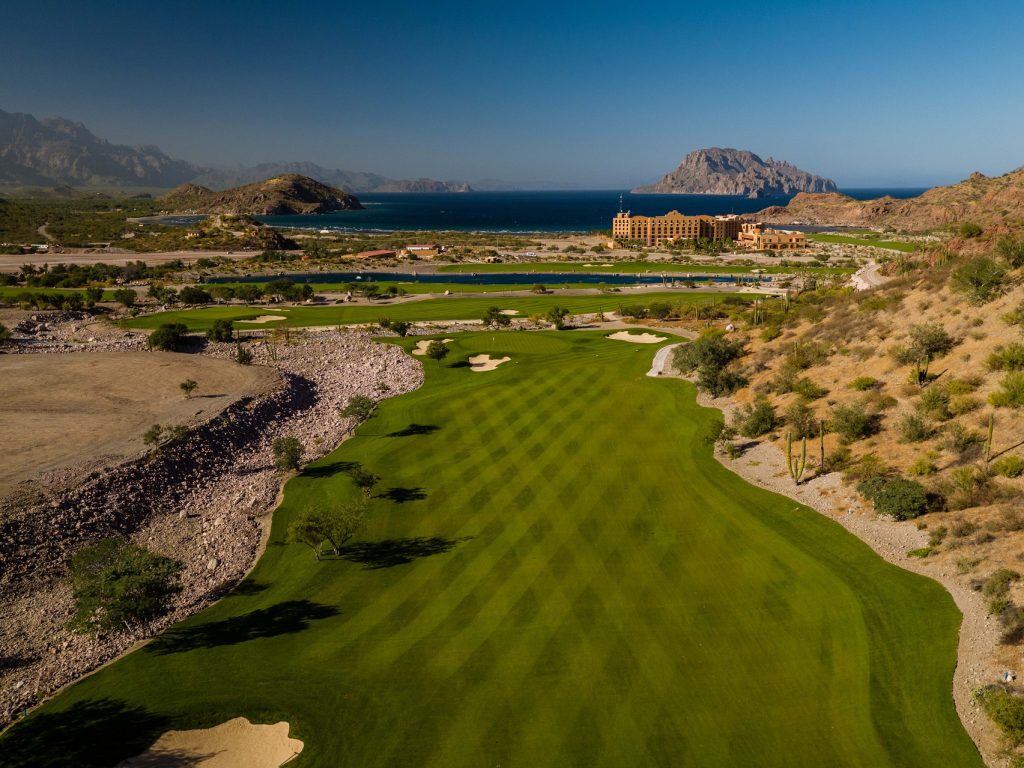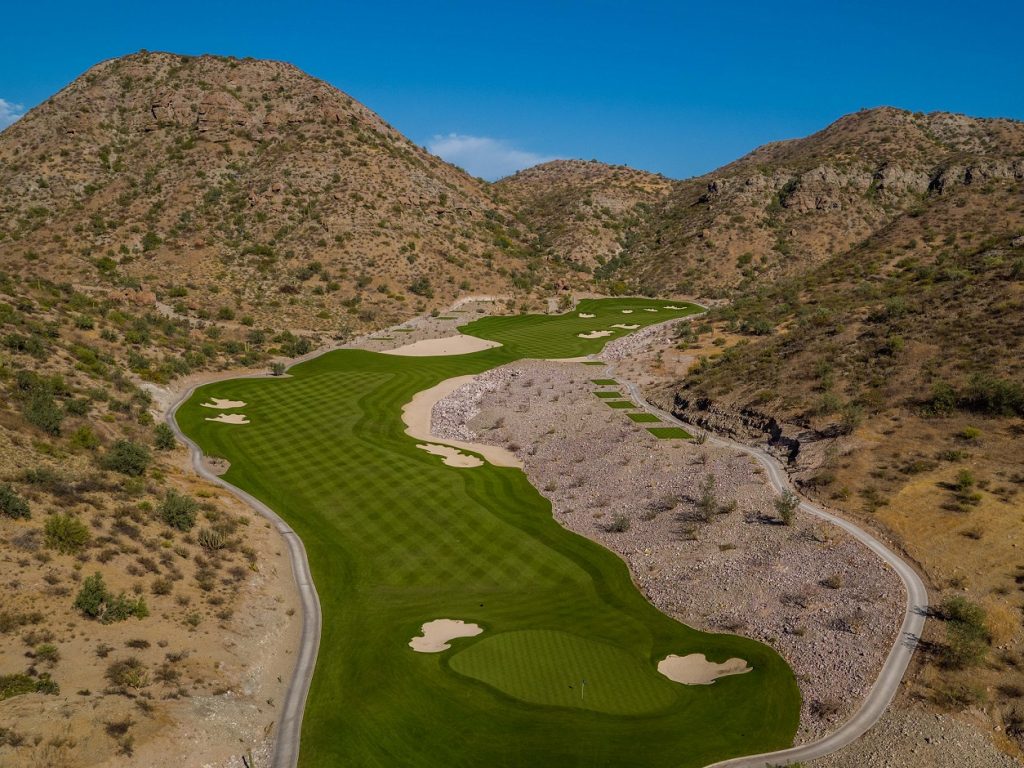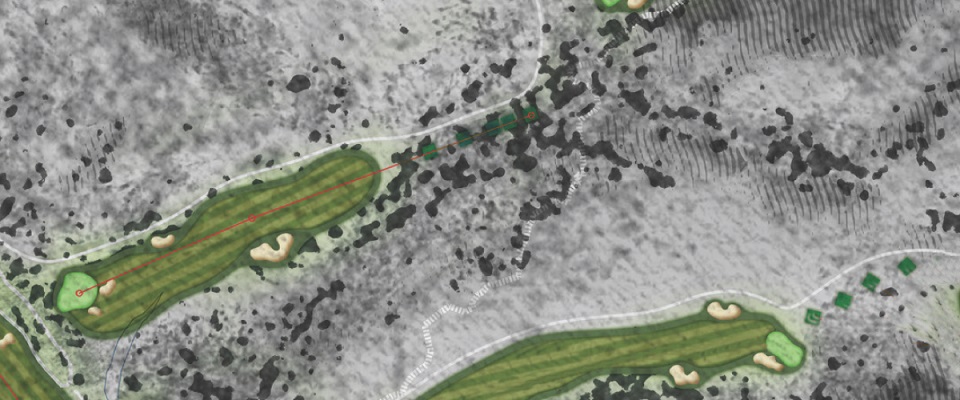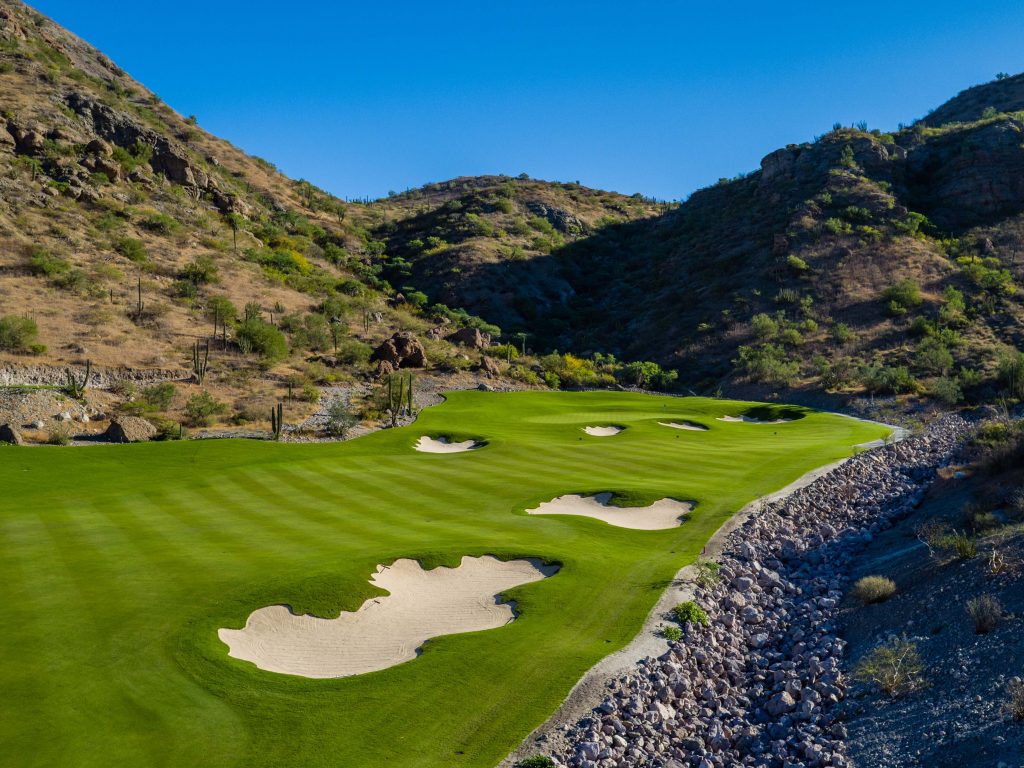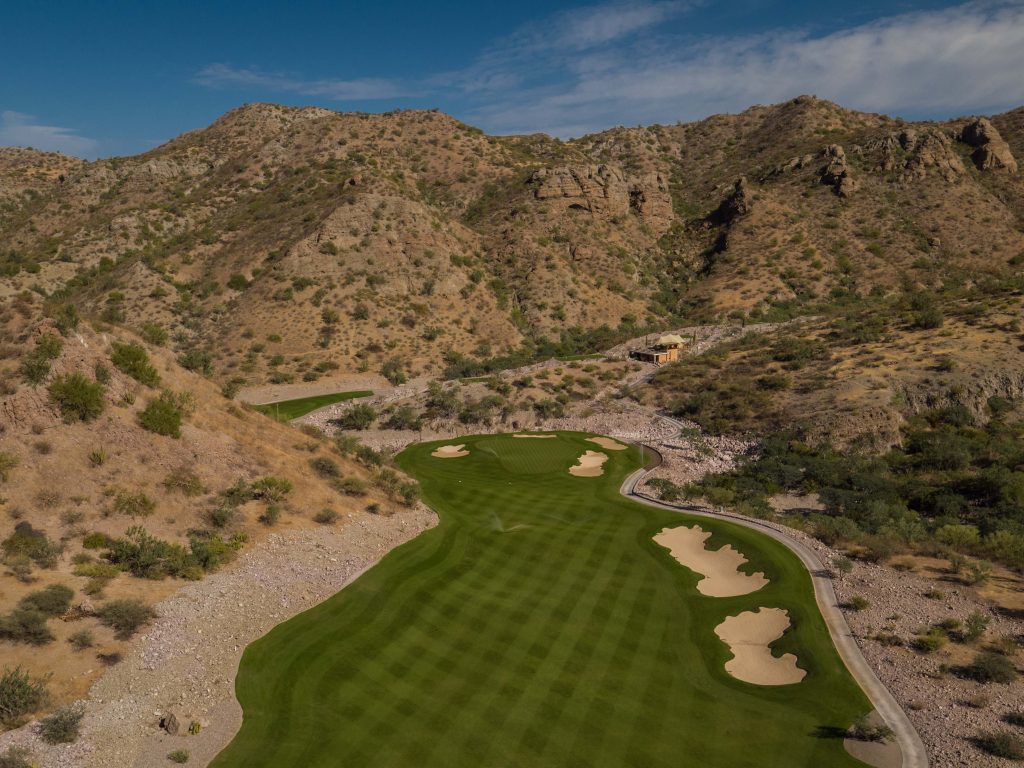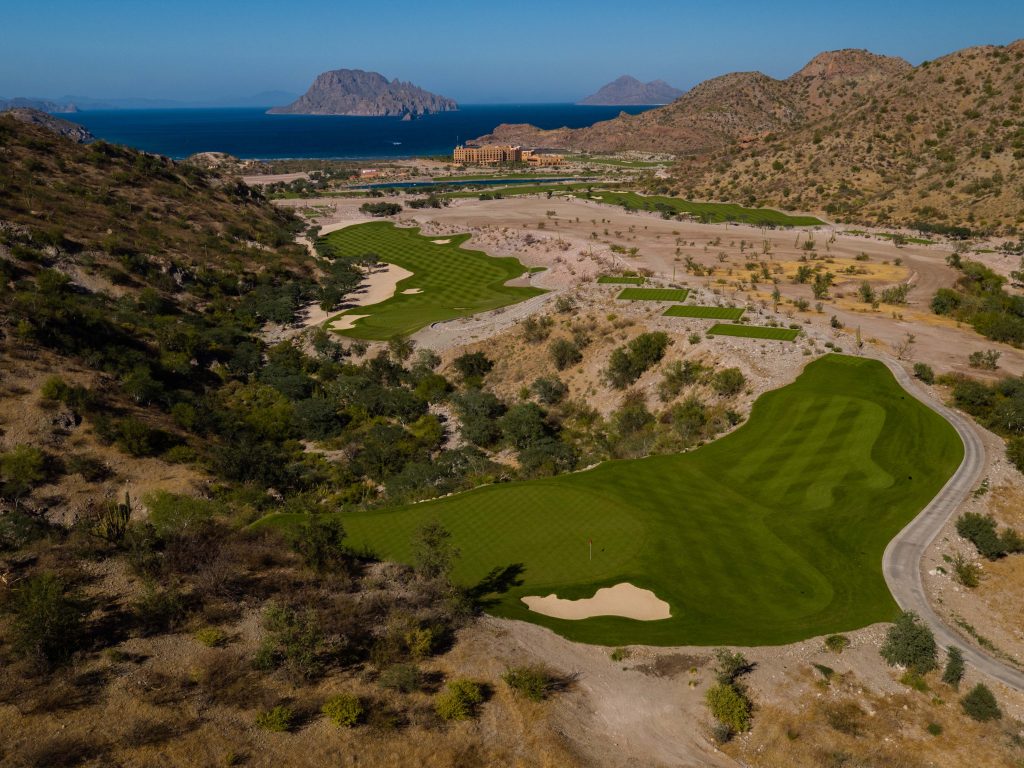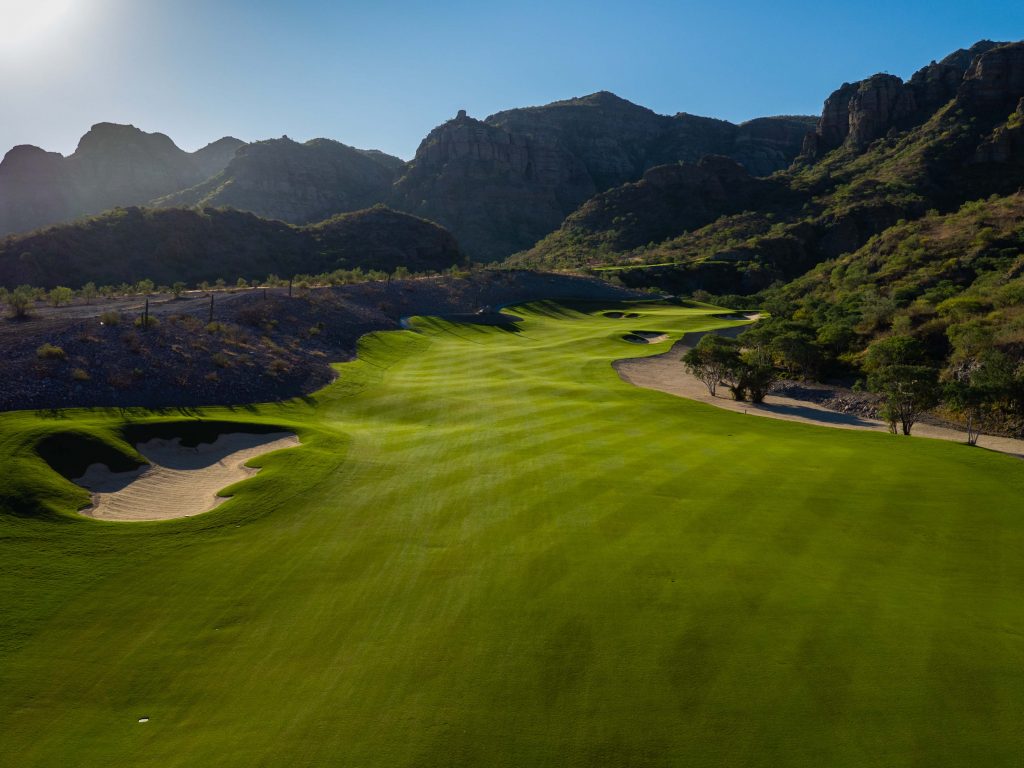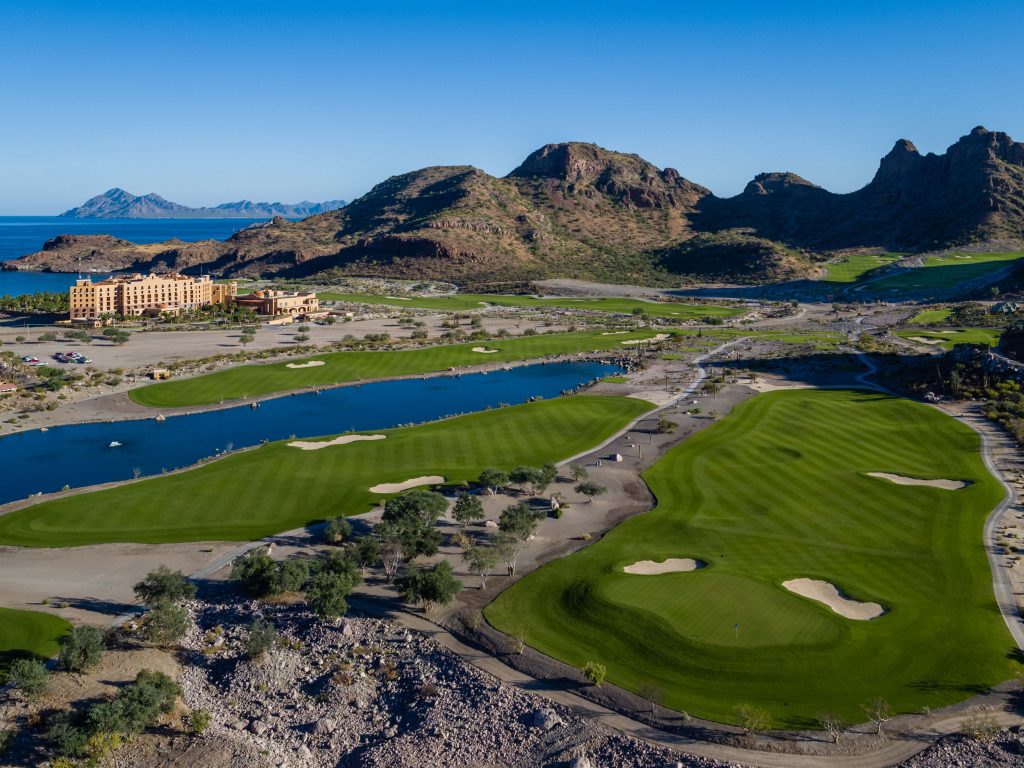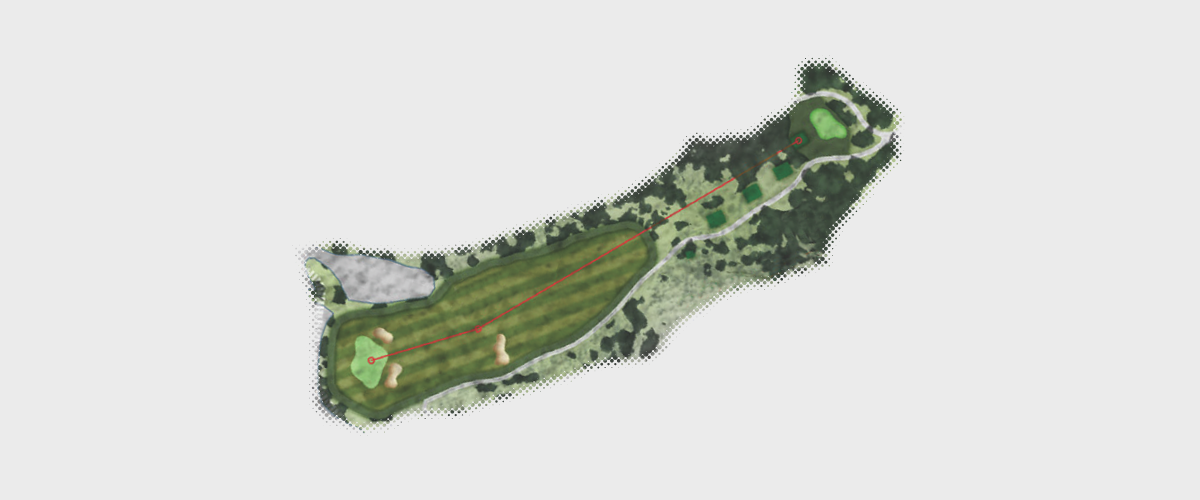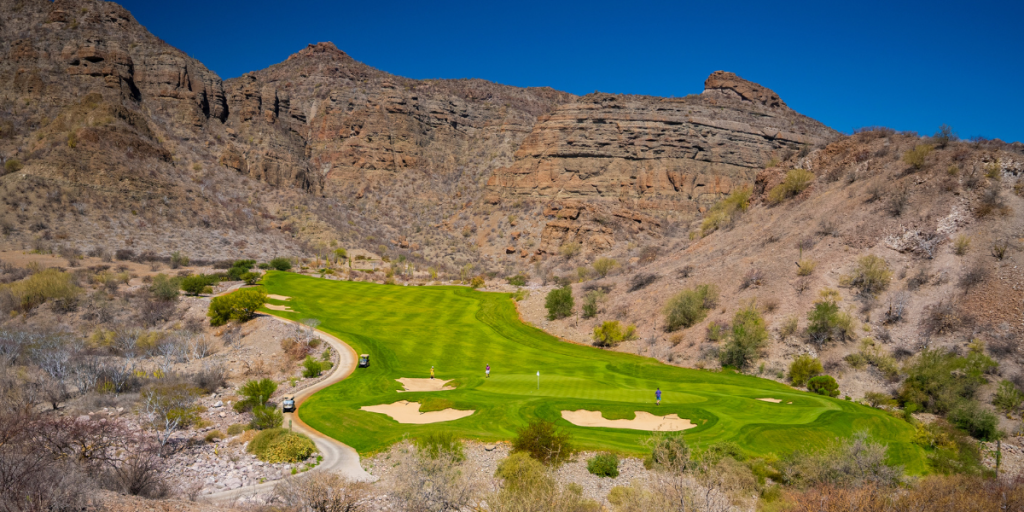


TPC Danzante Bay: A Sustainable Golf Course
Since its inception, TPC Danzante Bay has been an eco-friendly facility way ahead of the sustainability curve.
The club’s mandate to be a custodian of the environment came directly from the top. “Maintaining unspoiled views, crystal clear waters, and a rich environment is a vital piece of who we are,” said Owen Perry, owner and president of Villa Group Resorts. “We are dedicated to doing our part to preserve the area’s natural beauty and cultural history by minimizing our environmental footprint as much as possible.”
Perry’s decision to ‘go green’ was tied to the site’s geography. The resort and its golf course sit within Loreto Bay National Marine Park, a vast preserve with strict protections in place for the region’s abundant marine life. Working closely with Mexico’s Secretariat of Environment and Natural Resources (SEMARNAT), the resort preserves indigenous flora and fauna.
From the beginning, conservation protocols were put in place when course construction began 10 years ago. Plants removed during the earthmoving phase were transplanted to a nursery and later relocated alongside the fairways, tees and greens. Numerous desert species, including native cactus, trees and plants, were retained in the process. Vegetation that could not be transplanted was used as compost and reintroduced to the soil.
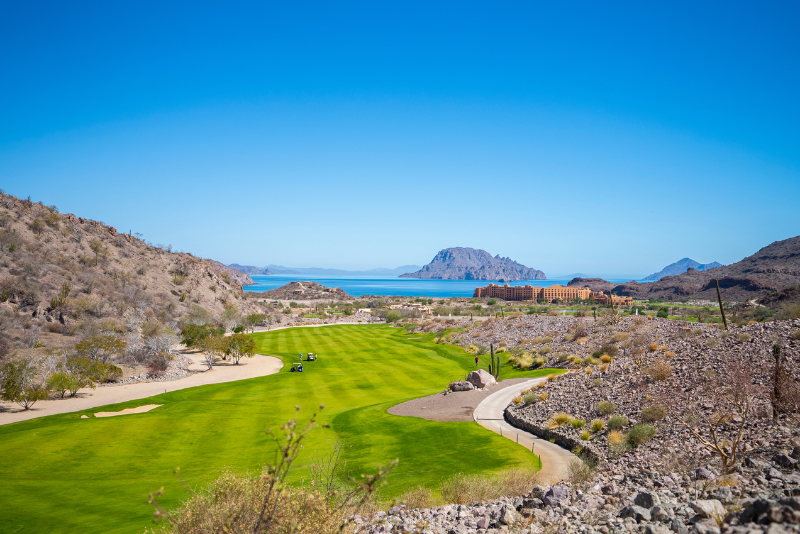

Owen Perry and Rees Jones: Partners in Conservation
Perry chose renowned golf architect Rees Jones to build the course for many reasons, not least of which was Jones’s eco-friendly approach to course design.
“Our firm approaches each project with a keen awareness of our responsibility as stewards of the land,” Jones stated. “As the only sport with a field of play that partakes of the environment on a grand scale, golf is in a unique position to maintain its fields of play in harmony with nature.
“We have long embraced the notion that golf courses can, and should, co-exist in harmony with the landscape while benefitting the environment,” he continued. “We believe a properly designed and maintained golf course can protect wildlife habitat, preserve native vegetation, conserve water resources, buffer open green spaces from development, and create bio-filters that sequester carbon.”
Jones realized he had a special opportunity in Loreto. Upon seeing the proposed course site, he said, “I thought maybe it was the most diverse site for a golf course I had ever seen based on the unusual number of landforms. We tucked holes into dunes and valleys and along ridges in the foothills of the mountains. The fairways, tees and greens we built fit the land perfectly. Owen (Perry) let me put the holes where they should be.” Now fully mature, the golf course is a naturalistic work of landscape art.
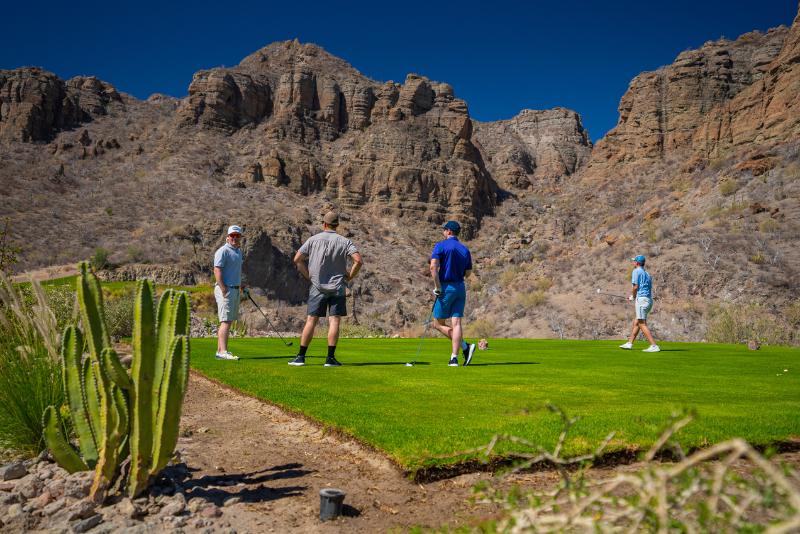

Paspalum: A Big Leap Forward in Sustainable Agronomy
This outstanding resort venue, one of Mexico’s best, is fair, challenging, visually exciting, continually interesting to play—and sustainable.
What players notice right away on a golf course is the condition of the turfgrass. Are the tees and fairways well-kept? Are the greens smooth, velvety and true? TPC Danzante Bay checks both boxes and offers a master class in advanced agronomy.
The entire course is surfaced in two strains of Paspalum: Sea Spray Paspalum on the fairways and roughs, SeaDwarf Seashore Paspalum on the greens. These newly developed cultivars, ideal for tropical coastal regions, require a fraction of the amount of pesticides, insecticides and fertilizer used by normal grasses. Paspalum is salt-tolerant, disease-resistant and can be irrigated with brackish or recycled water, a big plus in the Baja desert where water is precious. Stiff-leafed and waxy, Paspalum develops a thick, emerald green canopy that perches a golf ball like an egg. It’s also very durable and has exceptional wear tolerance. On the putting surfaces, SeaDwarf Seashore Paspalum responds well to lower mowing heights. In fact, the speed of ball roll on the greens at TPC Danzante Bay is comparable to that of hybrid Bermuda grasses.
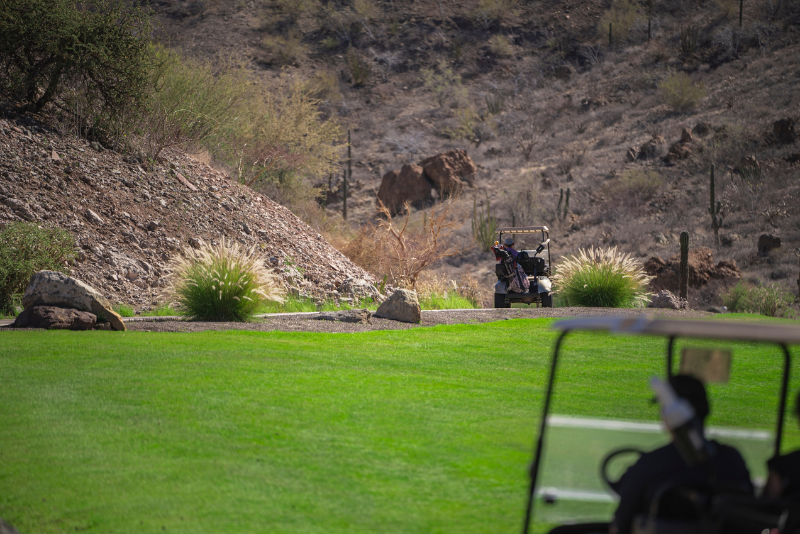

How does the club irrigate this new wonder grass, which has made top-class golf possible in climate zones that previously could not support it? First, the resort opts for organic fertilizers rather than hazardous chemicals, which could spoil the pristine waters of Danzante Bay. Second, a grey water recycling program cleans and reuses water that goes down the drain of the resort’s sinks, showers, washing machines and tubs. This treated secondary water is used to irrigate the course. It’s not fit to drink, but it’s more than enough to quench the thirst of one of Latin America’s most sustainable golf courses.



